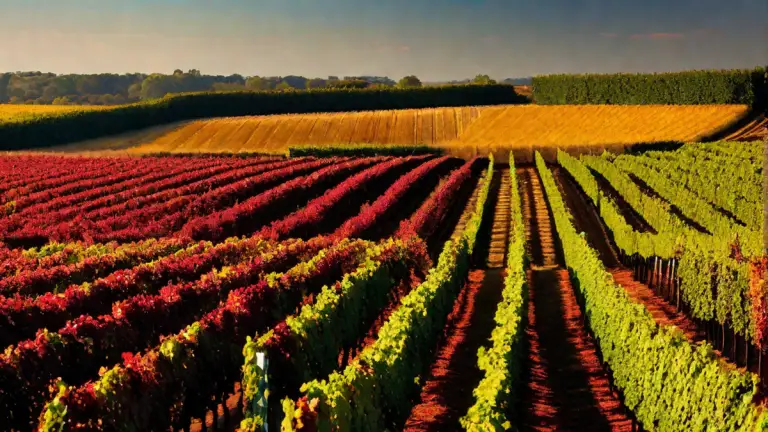In the realm of red wine, individual taste and preference play crucial roles. Being an avid wine enthusiast, I’ve explored numerous varieties of red wines, honing my palate to identify those I deem truly extraordinary. Within this article, I aim to convey my insights and recommendations on what distinguishes a remarkable red wine.
1. Quality of Grapes
The first and most crucial aspect of a good red wine is the quality of the grapes used in its production. The grape variety, growing conditions, and vineyard practices all play a significant role in the final product. Look for wines made from high-quality grapes, preferably from well-respected vineyards or regions known for producing exceptional red wines.
2. Balance
A good red wine should have a well-rounded and balanced flavor profile. This means that the wine should have a harmonious blend of acidity, tannins, fruitiness, and alcohol. It should not be overly acidic or tannic, nor should it be too sweet or alcoholic. Balance is key to creating a wine that is enjoyable to drink and pairs well with a variety of dishes.
3. Complexity
I believe that a good red wine should have layers of flavors and aromas that evolve as you sip and explore it. Complexity is what sets apart a mediocre wine from a truly exceptional one. Look for wines that offer a range of flavors, from fruit notes like cherry, blackberry, or plum, to more nuanced elements like earthiness, spice, or hints of oak. The more complex and multi-dimensional a wine is, the more it stimulates the senses and leaves a lasting impression.
4. Aging Potential
Another characteristic of a good red wine is its aging potential. While not all red wines are meant to be aged, some varietals, such as Cabernet Sauvignon, Nebbiolo, or Syrah, can benefit from bottle aging. The ability of a wine to develop additional flavors and complexities over time is a mark of its quality. If you enjoy collecting wines or appreciate the art of aging, look for red wines that have the potential to improve with age.
5. Food Compatibility
No discussion of red wine would be complete without considering its ability to pair well with food. A good red wine should complement and enhance the flavors of the dishes it is served with. The general rule of thumb is to pair lighter-bodied red wines, like Pinot Noir or Gamay, with delicate dishes like roasted chicken or grilled fish, while fuller-bodied reds, such as Cabernet Sauvignon or Syrah, are better suited for rich, hearty dishes like steak or braised meats.
Conclusion
As a red wine lover, I believe that a good red wine is a harmonious blend of quality grapes, balance, complexity, aging potential, and compatibility with food. It should be a delight to the senses, offering a unique and memorable drinking experience. So next time you’re in search of a good red wine, keep these characteristics in mind, explore different varieties and regions, and don’t be afraid to trust your own taste buds.




